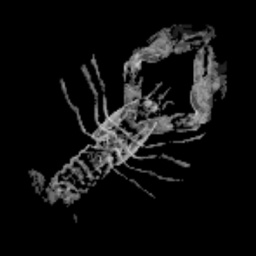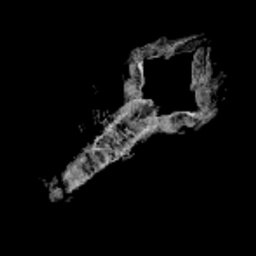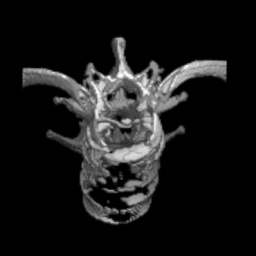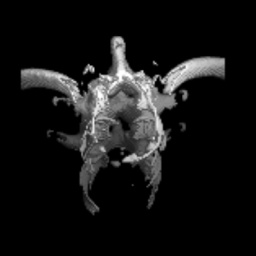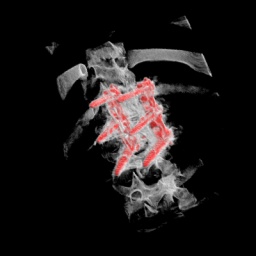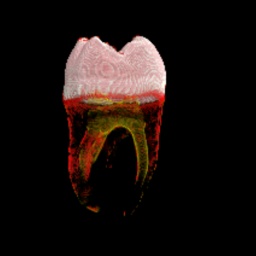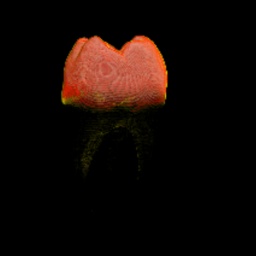Abstract
We introduce a novel approach for identification of
objects of interest in volume data. Our approach tries
to convey the information contained in two essentially
different concepts, the object's boundaries and the
narrow solid structures, in an easy and uniform way. The
second order derivative operators in directions reaching
minimal response are involved for this task. To show the
superior performance of our method, we provide a
comparison to its main competitor - surface extraction
from areas of maximal gradient magnitude. We show that
our approach provides the possibility to represent
volume data by its subset of a nominal size.
|




